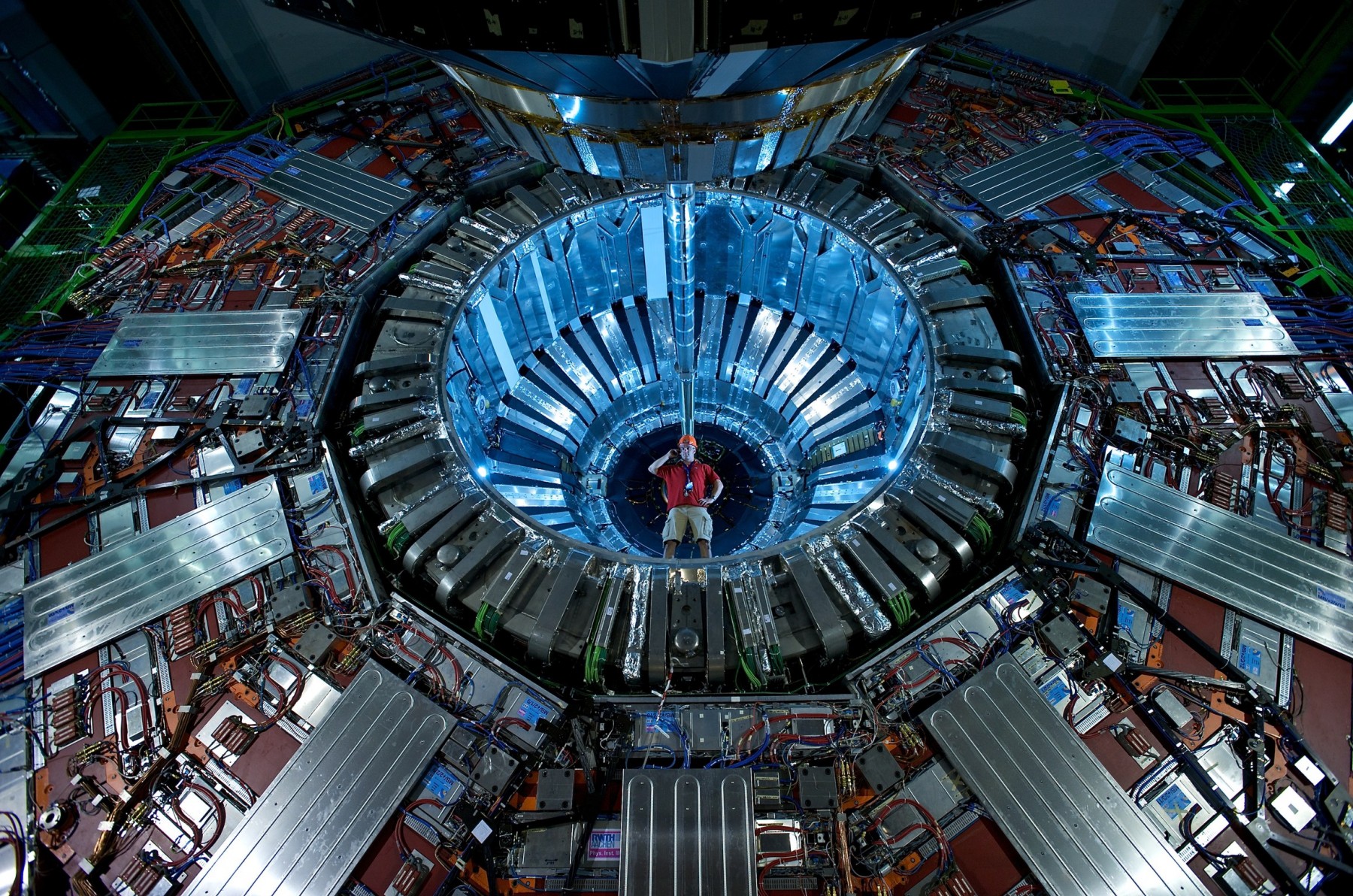The hadron collider represents a pinnacle of contemporary particle physics, an intricate apparatus employed to explore the fundamental components of matter and the forces that govern their interactions. These colossal machines propel charged particles, primarily protons and heavy ions, to velocities approaching that of light, facilitating collisions that yield invaluable insights into the basic structure of the universe. This comprehensive examination delineates the various facets of hadron colliders, encapsulating their operational mechanics, scientific significance, technological advancements, and their myriad contributions to our understanding of the cosmos.
At the core of any hadron collider’s functionality is its magnetohydrodynamic framework. This architecture primarily comprises a series of accelerators, which utilize electric fields to accelerate particles along a predetermined trajectory. In such devices, particles are confined in a vacuum tube, allowing them to travel unimpeded by atmospheric interference. The Large Hadron Collider (LHC), perhaps the most renowned example, operates at CERN (the European Organization for Nuclear Research) situated on the Franco-Swiss border. It consists of an underground ring with a circumference of approximately 27 kilometers, incorporating over 1,200 superconducting magnets to keep the particles in their designated pathways. This meticulous engineering facilitates collisions so energetic that they replicate conditions akin to those mere fractions of a second after the Big Bang.
There are several classifications of hadron colliders based on their design and purpose. The most prominent is the proton-proton collider, exemplified by the LHC, which accelerates protons to attain staggering energy levels. Additional variants include heavy ion colliders, such as the Relativistic Heavy Ion Collider (RHIC) located at Brookhaven National Laboratory, which is dedicated to studying quark-gluon plasma, a state of matter believed to have existed in the early universe. Furthermore, fixed-target colliders, where accelerated protons collide with stationary targets, offer distinct avenues for experimentation and data acquisition.
The significance of hadron colliders extends beyond mere experimentation; they are pivotal in testing the predictions of particle physics, particularly the Standard Model. This theoretical framework encapsulates the known elementary particles and their interactions, delineating how forces such as electromagnetism and the weak and strong nuclear forces operate. By examining the interactions that occur during high-energy collisions, physicists can ascertain the properties of elusive particles that may not be observable under standard conditions, such as the Higgs boson, discovered at the LHC in 2012. The Higgs boson, often referred to as the ‘God particle,’ is instrumental in imparting mass to other particles, thereby facilitating a deeper comprehension of the universe’s structure.
Moreover, the technological advancements forged through the development and operation of hadron colliders are noteworthy. The immense computational power required for data analysis necessitates cutting-edge developments in high-performance computing, data storage, and algorithmic design. Each collision event at the LHC generates data equivalent to several megabytes, necessitating sophisticated filtering systems to distill meaningful results from this cacophony of information. Collaborations between physicists, engineers, and computer scientists enable the advancement of not only scientific inquiry but also practical technologies that permeate various sectors, including medical imaging, pharmaceuticals, and materials science.
In addition to their stellar exploration of fundamental physics, hadron colliders foster international cooperation. The LHC, specifically, is a product of collaboration among thousands of scientists from diverse geographical and cultural backgrounds, united under the common goal of unraveling the mysteries of the universe. This global endeavor embodies a unique paradigm in scientific research, showcasing how transcending national borders can yield groundbreaking knowledge beneficial to humanity as a whole.
The implications of hadron collider research are profound and ever-evolving. As experimental techniques and particle detection technologies advance, so too does the potential for discovering new physics beyond the Standard Model. Speculations abound regarding the existence of supersymmetry, dark matter, and extra dimensions. Each hypothesis presents a tantalizing possibility, urging continued exploration and experimentation. The search for supersymmetric particles, for example, could illuminate the relationship between the known particles and those that remain obscured, fundamentally altering our grasp of the universe’s composition.
As we look to the future, upcoming projects and advancements promise to bolster the knowledge gleaned from hadron colliders. Proposals for next-generation colliders, such as the Future Circular Collider (FCC), aim to extend the reach of particle physics into realms previously uncharted. With projected energy levels and luminosities far superior to contemporary colliders, such initiatives could unravel profound mysteries and elucidate the nature of the universe with unprecedented precision.
In conclusion, hadron colliders illustrate the convergence of cutting-edge science and engineering, propelling humanity’s quest for knowledge regarding the most fundamental constituents of existence. Through their intricate designs, ambitious goals, and collaborative spirit, these monumental facilities not only illuminate the depths of particle physics but also foster a global camaraderie among diverse minds dedicated to scientific discovery. The impact of hadron collider research reverberates through various domains, ultimately enhancing our understanding of reality itself.












